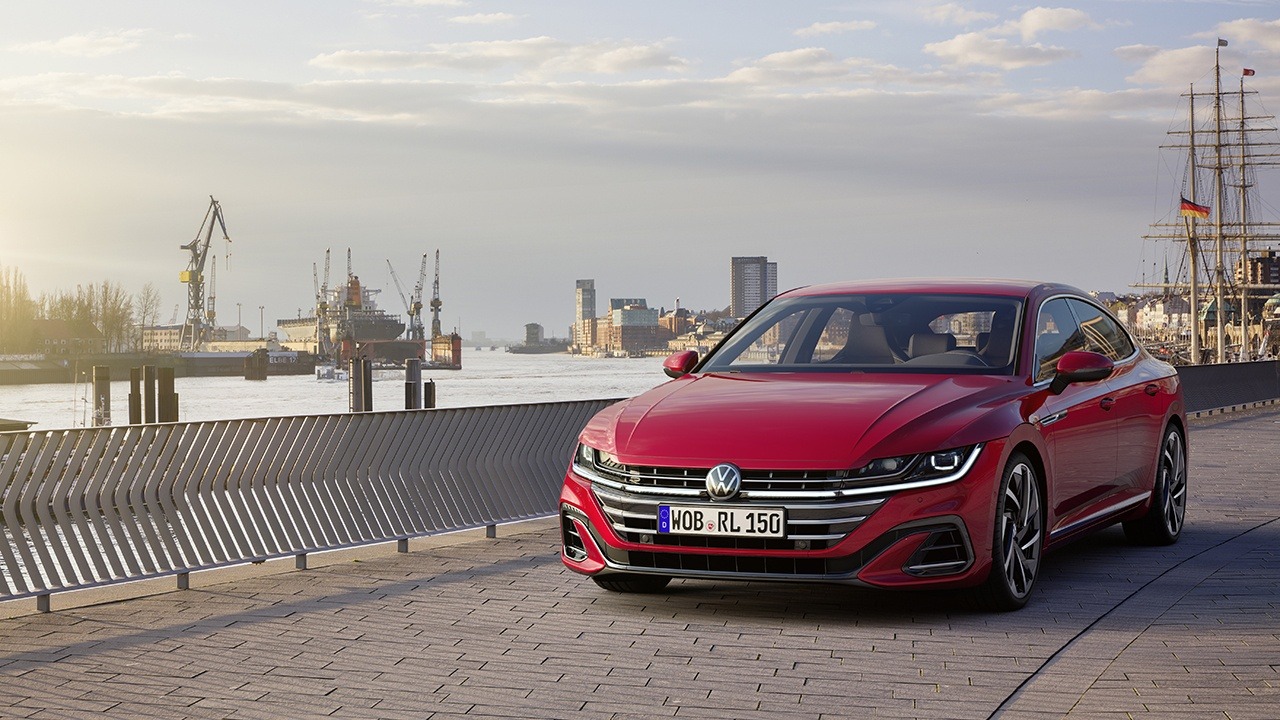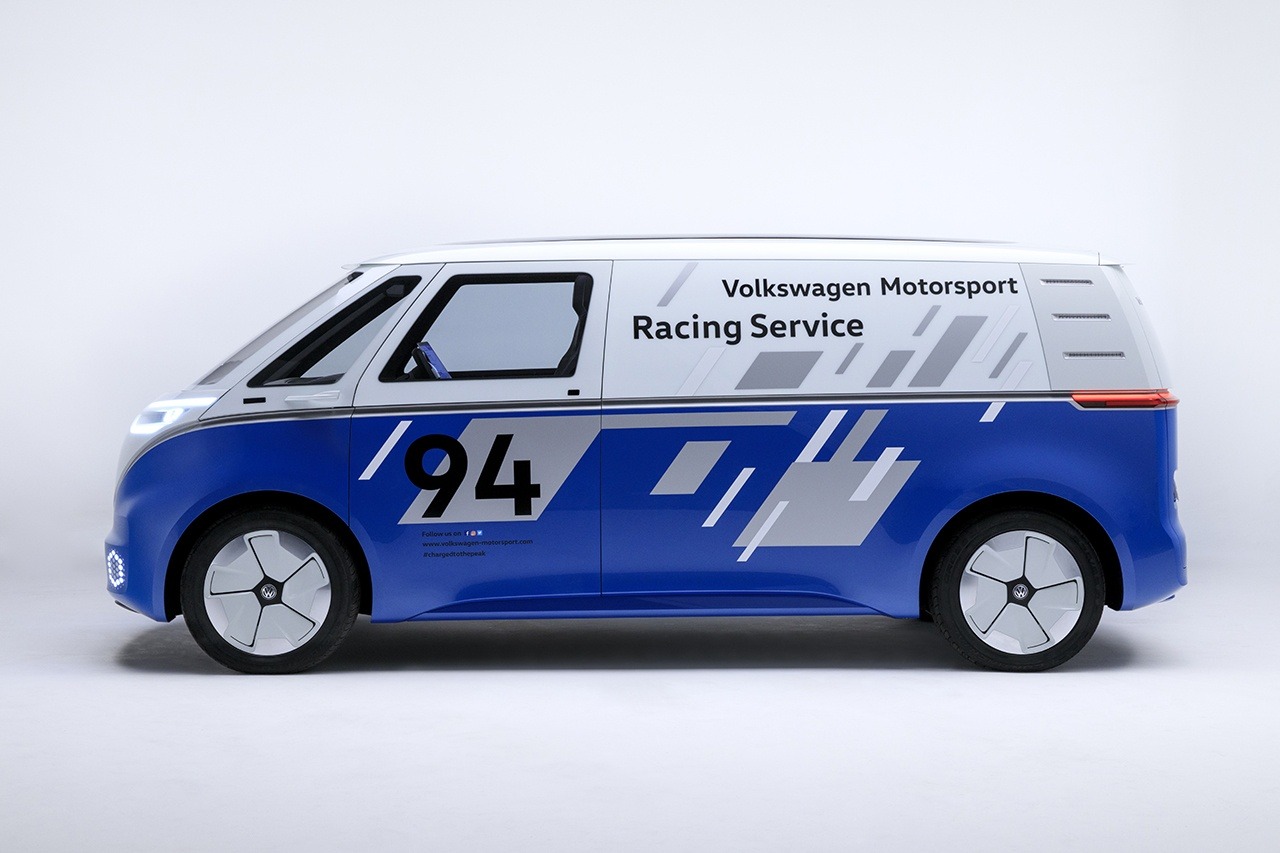Search the Community
Showing results for tags 'Volkswagen'.
-
From the album: 2026 Volkswagen ID.Every1 Concept
-
From the album: 2026 Volkswagen Tiguan SEL R-Line Turbo
-
From the album: 2026 Volkswagen Tiguan SEL R-Line Turbo
-
From the album: 2026 Volkswagen Tiguan SEL R-Line Turbo
-
From the album: 2026 Volkswagen Tiguan SEL R-Line Turbo
-
From the album: 2026 Volkswagen Tiguan SEL R-Line Turbo
-
From the album: 2026 Volkswagen Tiguan SEL R-Line Turbo
-
From the album: 2026 Volkswagen Tiguan SEL R-Line Turbo
-
From the album: 2026 Volkswagen Tiguan SEL R-Line Turbo
-
From the album: 2026 Volkswagen Tiguan SEL R-Line Turbo
-
From the album: 2026 Volkswagen Tiguan SEL R-Line Turbo
-
From the album: 2026 Volkswagen Tiguan SEL R-Line Turbo
-
From the album: 2026 Volkswagen Tiguan SEL R-Line Turbo
-
From the album: 2026 Volkswagen Tiguan SEL R-Line Turbo
-
With the average transaction of a new vehicle reaching $48,247, buying a new car is quite expensive. And while this price gets higher each year, automakers still make inexpensive vehicles. We compiled a list of 10 models that come in at under $22,000, less than half the average transaction price of...
- 24 replies
-
- 1
-

-
With the average transaction of a new vehicle reaching $48,247, buying a new car is quite expensive. And while this price gets higher each year, automakers still make inexpensive vehicles. We compiled a list of 10 models that come in at under $22,000, less than half the average transaction price of...
- 24 comments
-
- 1
-

-
At the start of the Consumer Electronics Show (CES) in Las Vegas, Volkswagen will show off something interesting. Volkswagen will integrate ChatGPT into its existing IDA voice assistant. This will be offered on vehicles such as the ID electric vehicles, Tiguan, and Passat. Open AI's ChatGPT wo...
-
- 3 comments
-
Volkswagen unveiled an updated 2021 Arteon tonight. Now you might be thinking this is a quick turn around as the Arteon has been on sale in the U.S. for only a year. But you need to keep in mind that Volkswagen has been selling the Arteon in Europe since 2018, so a refresh was in the cards. Chan...
-

Volkswagen I.D. Buzz Cargo Concept Dons A Race Outfit
William Maley posted an article in Los Angeles Auto Show
Volkswagen will be trotting out the I.D. Buzz Cargo concept at this week's L.A. Auto Show with a bit of a twist. The concept already made its debut at commercial vehicle show in Germany earlier in the year. But Volkswagen has given the concept a fresh coat of paint and outfitted it to be a support v...- 3 comments
-
- concept
- i.d. buzz cargo
-
(and 2 more)
Tagged with:
-
Volkswagen will be trotting out the I.D. Buzz Cargo concept at this week's L.A. Auto Show with a bit of a twist. The concept already made its debut at commercial vehicle show in Germany earlier in the year. But Volkswagen has given the concept a fresh coat of paint and outfitted it to be a support v...
- 3 replies
-
- concept
- i.d. buzz cargo
-
(and 2 more)
Tagged with:
-
- 20 comments
-
- 1
-

-
Volkswagen's electric car offensive has already started in Europe with the ID.3. The next step is taking on the U.S. with the next electric vehicle, the ID.4 introduced today. The ID.4 looks very close to the concept that was first shown back in 2017 with such details as the VW logo smack dab in...
- 20 replies
-
Volkswagen is introducing a new generation of diesel engines with the 2.0 TDI Evo. This new engine is said to greatly undercut the limits of the tough new Euro 6d-Temp emissions standards. Volkwagen posted an interview with Sebastian Willmann, the Head of Diesel Engine Development at Volkswagen. In...
- 8 comments
-
- 2
-

-

-
- diesel
- volkswagen
-
(and 1 more)
Tagged with:
























